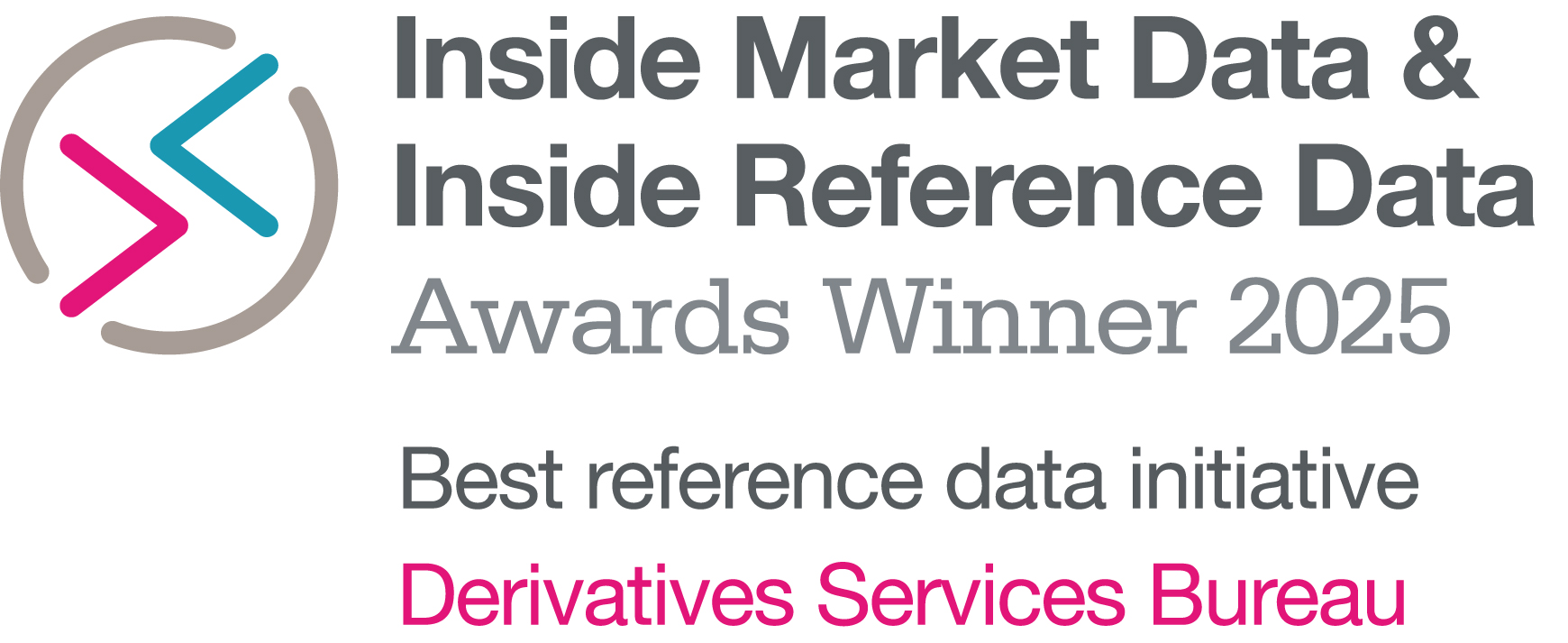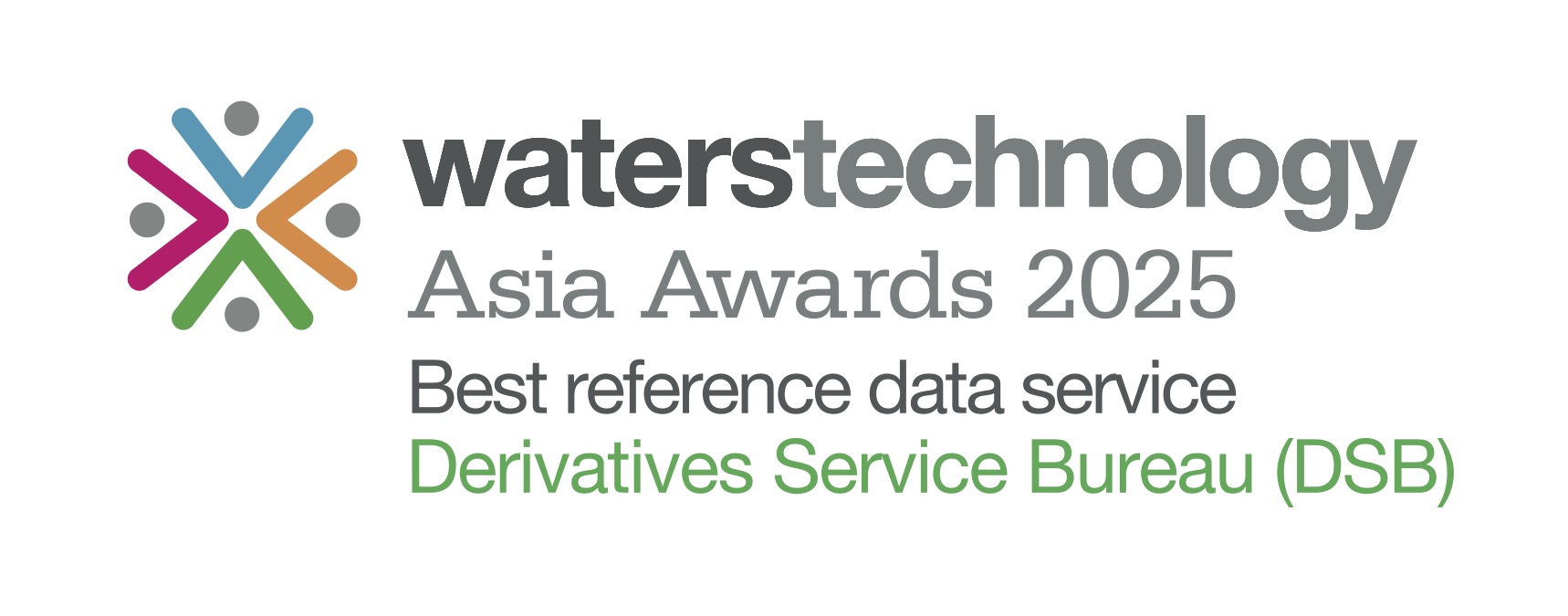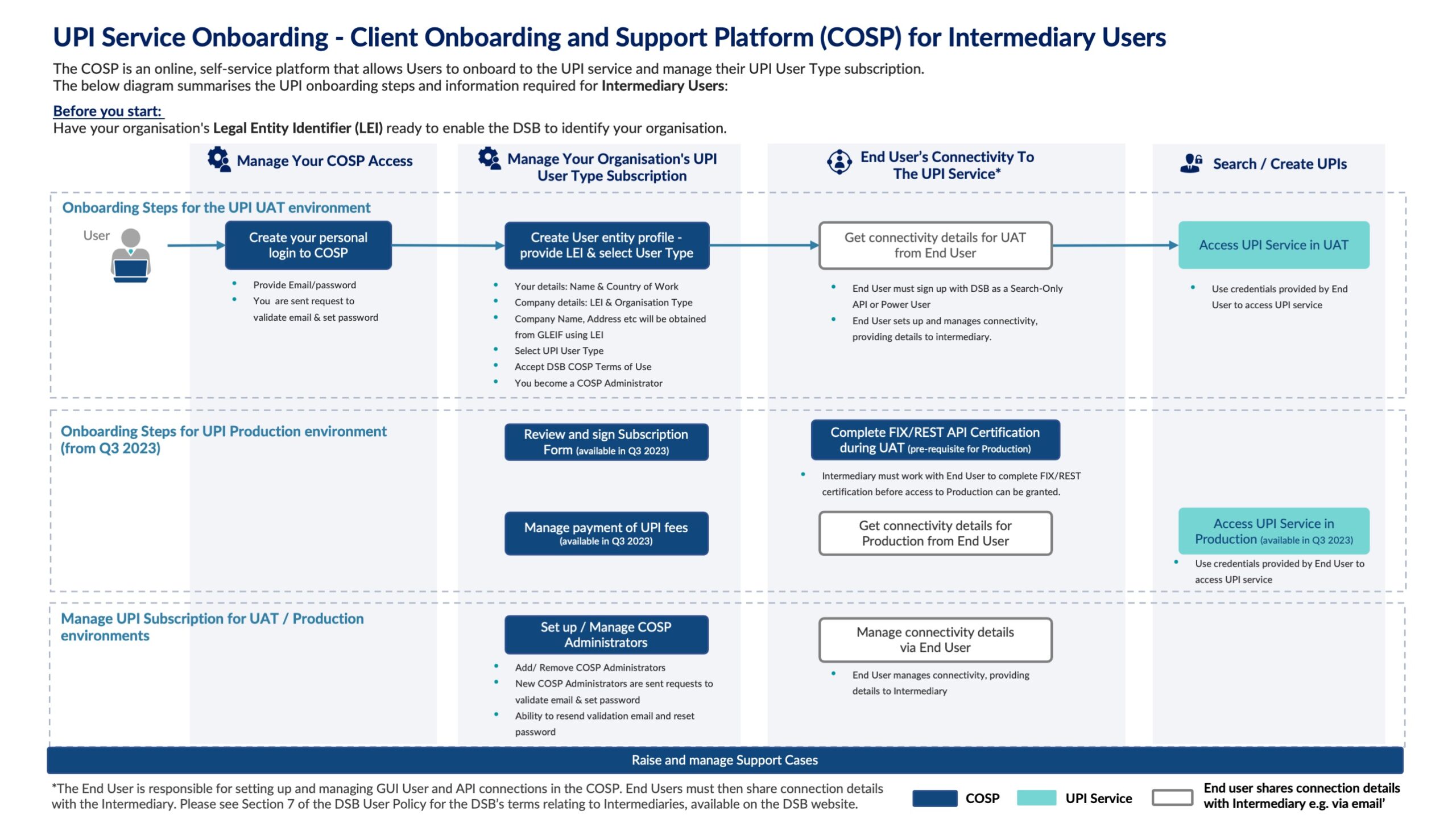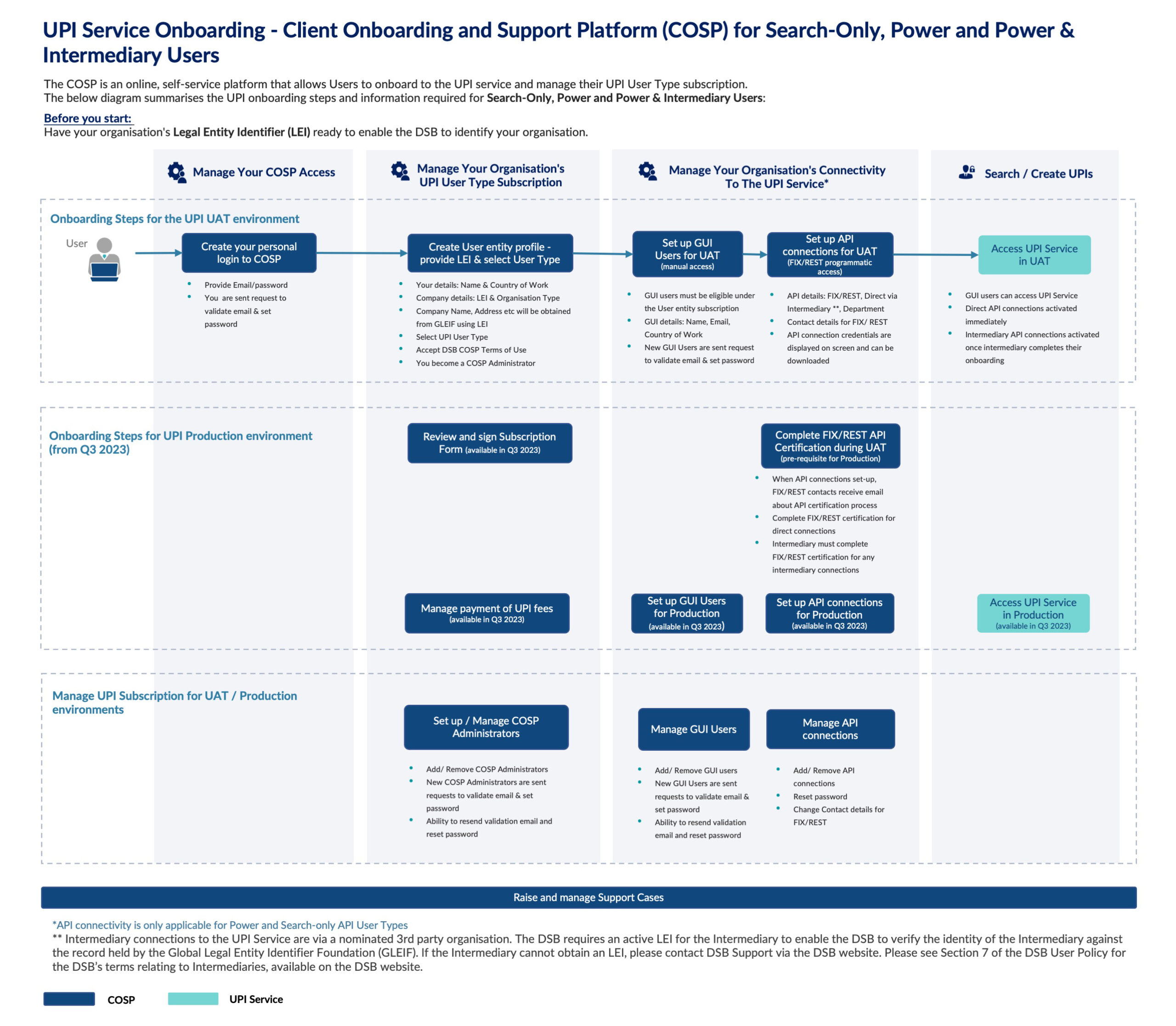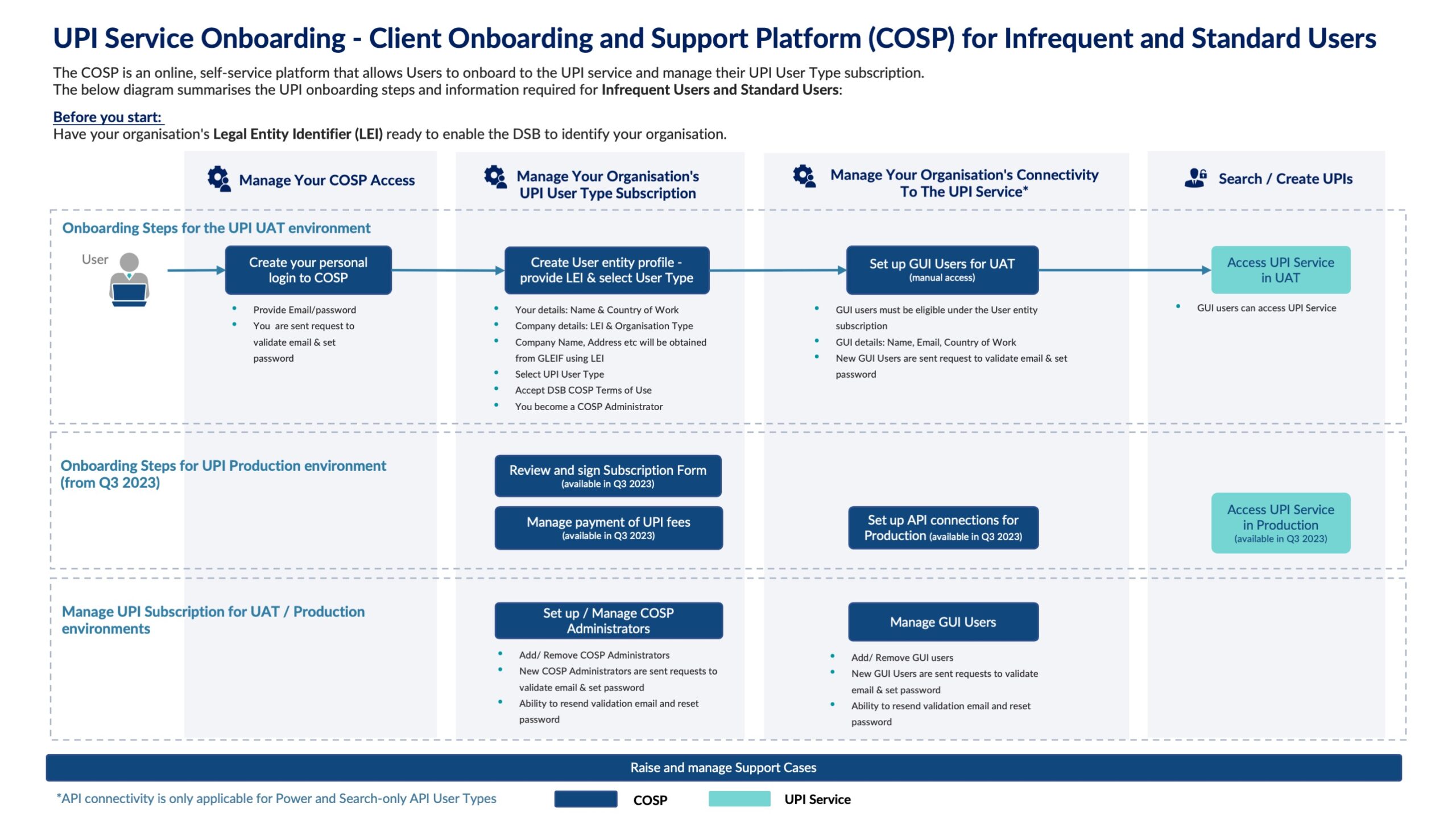First published on DerivSource on 13th July 2023.
UPI Update: How is Implementation Progressing?
By DerivSource
Implementation of the Unique Product Identifier (UPI), which identifies OTC derivatives products for derivatives trade reporting, is well underway. DerivSource talks to Emma Kalliomaki, managing director of the Association of National Numbering Agencies (ANNA) and Derivatives Service Bureau (DSB), to get an update on how UPI implementation is proceeding, and what challenges remain.
OTC derivatives market participants already feasting on an alphabet soup of product classification standards which included ISIN, CFI, FISIN, received another ingredient in the shape of UPI – or unique product identifier – which will be an obligatory addition for registered entities and swap counterparties in the US from 29 January 2024.
Relevant market participants in the European Union will face the same requirements under a European Market Infrastructure Regulation (EMIR) Refit due to go live on 29 April 2024, while the UK comes under the rules on 30 September. Australia and Singapore join the regime in October, and the remaining G20 countries are expected to follow suit subsequently.
This April, the ANNA Derivatives Service Bureau (DSB) was appointed sole provider of the UPI system, serving up the codes as well as operating the reference data library. DSB’s Emma Kalliomaki shares an update the implementation of UPIs within the industry and what challenges remain.
Q: How well prepared is the industry for the arrival of UPI?
A: The intent of the UPI is to allow global authorities to aggregate transactions that are reported to trade repositories on a global scale and the focus so far has been on the major derivatives markets of the US, EU and the UK but smaller players are following suit, such as Australia and Singapore, with others on the horizon. The level of collaboration between the authorities has been fantastic and the efforts to achieve harmonisation are at a level we haven’t seen previously. Obviously, there are divergences because different jurisdictions need to meet their specific objectives, but from a DSB perspective, we are jurisdiction agnostic and the solution we are providing has been agreed as a baseline for authorities and the market participants that fed into the DSB’s consultations.
Q: What response have you had since DSB went live with its User Acceptance Testing on 17th April?
A: We had firms connecting from day one and we now have 260 unique organisations on board. That was surprising because generally firms tend to initially put out feelers and then they start testing, but we’ve had pretty good engagement immediately.
Those 260 firms are free registered users and of those, around 85 have transitioned to test the fee-paying user types. The UK so far has the highest number of registered firms, but we have the US and other EU jurisdictions joining as well.
On the 17 July, OTC ISIN users will be able to use an integrated workflow, leveraging their existing connections for UPI, so we expect that engagement to increase.
Q: What are the benefits of using the DSB utility acceptance testing service and how does it work?
A: It’s quite simple and we only have three access methods. First, the Graphical User Interface (GUI) which is when you’re manually going in and searching through the website. The second is Application Programming Interface (API) or programmatic connectivity when we have the real time fixed connectivity to pull and push the data. Finally, we have daily file downloads where if you’re a fee-paying user it’s a T+0 and for non-paying users its T+1, which is often used to build up a firm’s own cache.
The functionality of connectivity types is broken down further into search only or to search and create UPIs, so users need to consider that as part of their workflows. The industry is also trying to understand their workflows and their integration and who’s going to obtain the UPI. And there is the question of the timing of the different reporting requirements across jurisdictions where some have a near real time reporting obligation while others will have T+1 or T+2 requirements.
Q: What are the challenges in rolling out UPI?
A: Unlike the prescriptive rules on the market participants that must have an ISIN, none of the regulations mandate or prescribe who must get a UPI. Instead, they say that counterparties have to report the UPI to the trade repository. That has made it more of a challenge for us to anticipate the number of users.
The industry is also trying to understand their workflows and their integration and who’s going to obtain the UPI. And there is the question of the timing of the different reporting requirements across jurisdictions where some have a near real time reporting obligation while others will have T+1 or T+2 requirements.
To help with this anticipated increase in user numbers, we have a different onboarding process for UPI compared to OTC ISIN where we’ve introduced a new platform that supports self-service functionality, enabling a higher number of users to onboard as well as manage their connections and users in a centralised manner.
Q: What do market participants need to consider when preparing for UPI?
A: When it comes to the data integration, firms need to consider where in their workflows they’re going to integrate the request to either retrieve or create a UPI. That is especially true for those that do not already have familiarity with OTC ISIN integration. Is that integration going to be as part of their core flow or is it going to be part of their middle or back-office flows, and how does that fit with how they manage their data today?
And they need to understand where UPI fits with the existing OTC ISIN requirements to ensure they’re obtaining and reporting the right identifier based on the scope of the regulation.
Q: What advice would you give to firms so they can prepare efficiently for the UPI?
A: The successive regulations and compliance dates are coming in quarter by quarter, starting in January 2024, so it is a good opportunity to think strategically about your data use. How can you streamline or begin to harmonise and find other synergies across the business?
Similar regulations are being launched globally so there is no time to be tactical otherwise firms will be chasing their tails. So, while there are jurisdictional divergences which need to be considered, take advantage of the time to bring efficiencies to what they’re doing on the data management side in particular.




